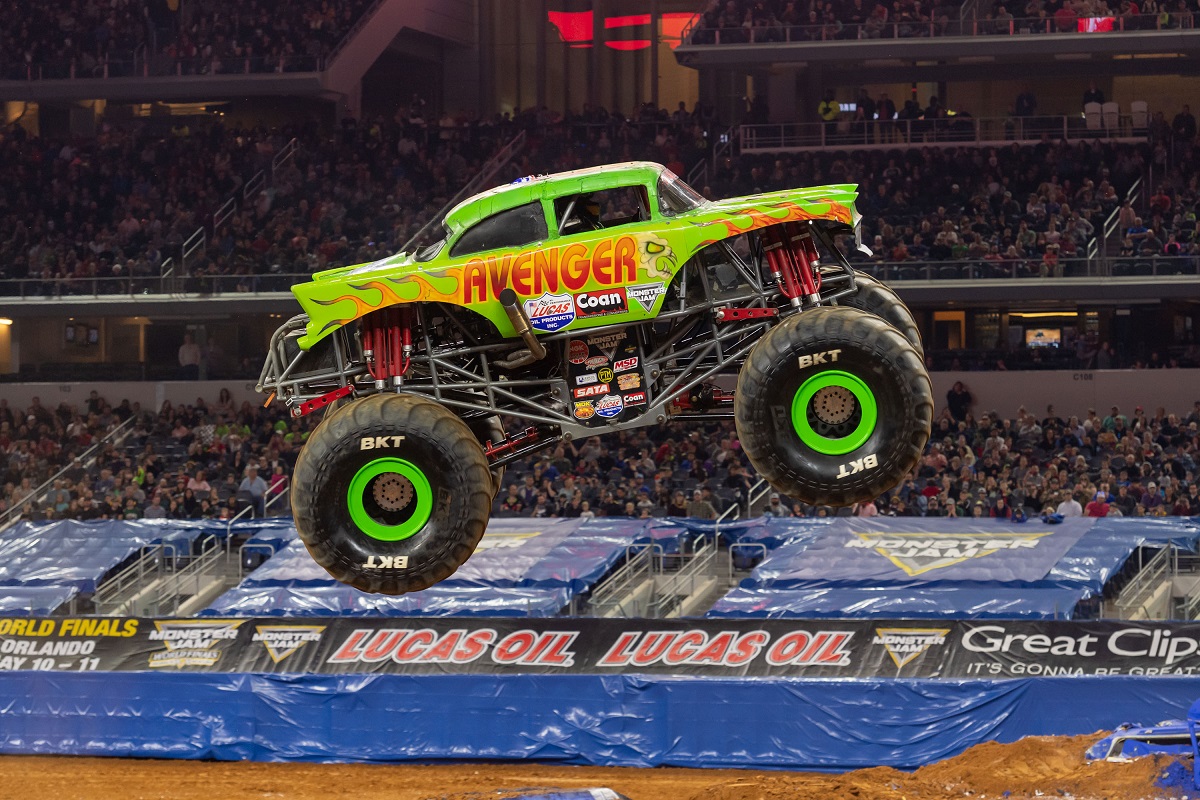Red flag warnings are issued in California when weather conditions increase the risk of wildfires, but there are fire prevention and home protection steps that can be taken well in advance of hot, dry and windy conditions.
Cal Fire, the state's firefighting agency, provided the following advice to help Californian's prevent a small spark from becoming a devastating wildfire. These safety tips, including how to prepare your property and family for wildfires, can save property and lives.
Below, you'll find a printable evacuation plan and homeowner's checklist, emergency supply kit details and tips to reduce the risk of wildfires in the first place.
Before the Fire
When fires threaten homes, local fire and law enforcement agencies may order evacuations to save lives. That means residents should be prepared by following these pre-evacuation tips.
- Create an evacuation plan checklist
- Make sure your emergency supply kit is ready and in your vehicle
- Protect yourself against the heat and embers by wearing long pants and shirt sleeves, suitable shoes, something to cover your head and even protective eyewear
- Make a plan for your animals. Know where you'll take them and remember that some evacuation shelters might not allow animals
- Review Cal Fire's homeowner's checklist
- Download the Cal Fire mobile app

Protecting Your Home: Defensible Space
Cal Fire inspects homes in fire-prone areas for defensible space -- a barrier around the home designed to prevent fires from spreading to buildings. Defensible space is considered the area 100 feet around the home, divided into two zones.
- Zone 1: This area extends to 30 feet from the home. It should be clear of dead plants, grass and weeds, dry leaves and pine needles. Tree branches should be 10 feet apart.
- Zone 2: This area is 30 to 100 feet from the home. Grass should be kept to a maximum of 4 inches high. The lowest branches of trees should be trimmed to provide at least 6 feet of clearance from the ground to avoid a "fire ladder" that allows flames to spread up trees.
Local
When to Evacuate
When fire officials recommend evacuations, it's time to go. Remember that neighbors will be evacuating, too, so roads that firefighters use to do their jobs will likely be congested. A few things to keep in mind.
- Authorities will outline evacuation routes after studying fire behavior, winds, terrain and the weather forecast
- Law enforcement agencies, such as sheriff and police departments, are charged with enforcing evacuations. They also will provide updates on evacuations and shelter for evacuated residents
- If it's too late to evacuate, fire officials suggest staying inside and calling 911. Fill sinks and tubs with water, close windows and doors, but make sure they're not locked in case rescuers need to enter the home
Wildfire Prevention
About 95 percent of California's wildfires are caused by people who fail to follow a few safety steps when using equipment outdoors, camping, burning debris and even driving a car.
Outdoor Equipment Use
Lawn mowers and other types of outdoor equipment need to be used with caution, especially during red flag conditions when a spark can quickly grow into a brush fire.
- Mow before 10 a.m.
- Avoid mowing when conditions are windy and dry
- Watch for rocks and other objects than can generate sparks when struck by metal blades
- Keep a phone nearby. If you need to call 911 to report a fire, do it right away

Vehicle Maintenance
Hundreds of brush fires start alongside California's roads each year. The cause is often sparks produced by a vehicle that land in dry brush on the roadside.
- Don't let chains dangle from a vehicle and drag on the road. Safety pins should be used to keep chains in place
- Check under your car to make sure no parts, such as the muffler or other parts of the exhaust system, are coming into contact with the road
- Have a fire extinguisher in your car
- Avoid driving onto dry grass, such as parking areas in fields and narrow shoulders on the side of the road. The brush can burn when ignited by a hot car part
- Check your brakes. Worn pads can mean metal-to-metal contact, which can produce sparks that fly into dry brush on the side of the road

Camping
Campfires on public land require a permit from Cal Fire, the U.S. Forest Service or the Bureau of Land Management.
- Build the fire on level ground away from brush or anything else that could catch fire. You'll need at least 10 feet of diameter space
- Make sure the fire is out using the "drown, stir and feel" method. Douse the fire with water, stir the area with a shovel and then put dirt on the site to smother coals and embers. Use the back of your hand to "feel" whether the area is still hot

Debris Burning Safety
It's best to check with the fire department before burning debris, which might require a permit.



